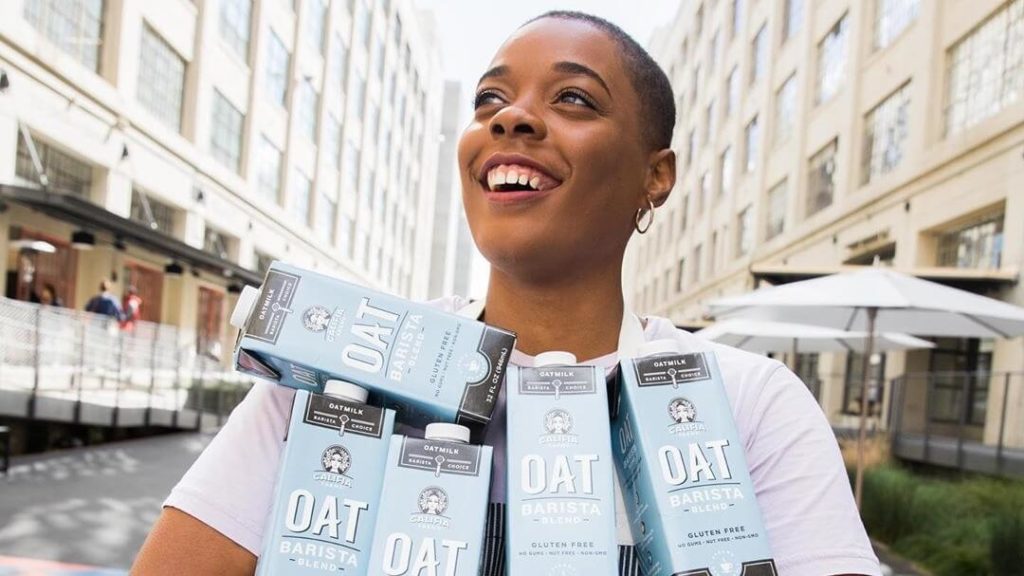The dairy alternative market is worth $1.2 billion and it shows no signs of slowing down.
According to the Good Food Institute (GFI), a nonprofit organization that promotes the advancement of plant and cell-based food, vegan yogurt, spreads, cheese, ice cream, and other dairy alternative products are growing in popularity.
Information supplied by SPINS, a wellness-focused data technology company, revealed that the vegan ice cream and frozen novelty category is worth $304 million, vegan yogurt is worth $240 million, vegan butter is worth $189 million, and vegan cheese is worth $160 million. When these values are added with the value of the vegan creamer market, the plant-based ready-to-drink beverage market, and the spreads, dips, and sauces market, the entire value reaches $1.2 billion.
This figure doesn’t include vegan milk. On its own, the vegan milk market is worth more than $1.8 billion. In the last year, more than 566 million units of plant-based milk were sold. In the U.S., 37 percent of U.S. households regularly purchase vegan milk, which — according to GFI — “equates to over 45 million households.”
GFI says in its report, “the growth of plant-based milk — now purchased by 37 percent of households — has laid the groundwork for growth in other plant-based dairy categories.”
Why Are People Ditching Dairy?
U.S. consumers aren’t alone in embracing dairy-free products. In the UK, more than a quarter of people aged between 18 and 24 have either cut down on their dairy consumption or ditched it completely.
Some consumers are driven by ethical reasons. According to animal rights organization PETA (People for the Ethical Treatment of Animals), female cows are artificially inseminated so that they can produce milk. After giving birth, their calves are taken away from them, causing “them both extreme distress.”
PETA explains on its website, “male calves are destined to end up in cramped veal crates or barren feedlots where they will be fattened for beef, and females are sentenced to the same sad fate as their mothers.”
Health and the environment are also motivating factors for many consumers. Dairy consumption has been linked to a number of diseases including diabetes, heart disease, and certain types of cancer. It is also linked to skin conditions, including acne.
Dairy farms are also responsible for significant environmental damage. The World Wildlife Fund notes on its website, “dairy cows and their manure produce greenhouse gas emissions which contribute to climate change. Poor handling of manure and fertilizers can degrade local water resources. And unsustainable dairy farming and feed production can lead to the loss of ecologically important areas, such as prairies, wetlands, and forests.”


